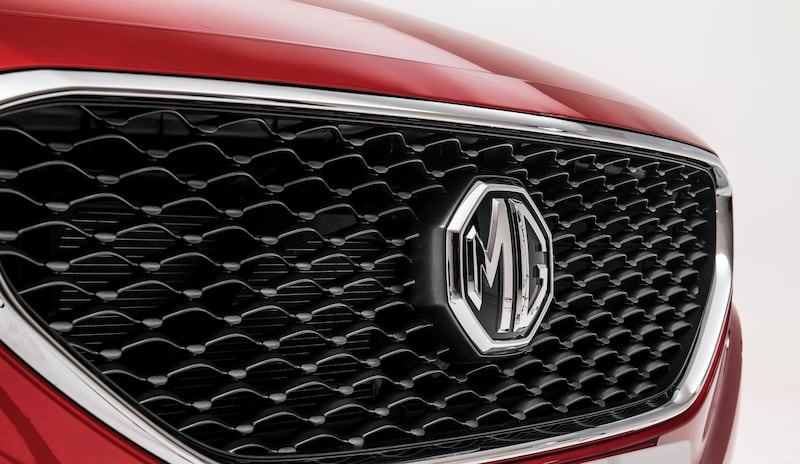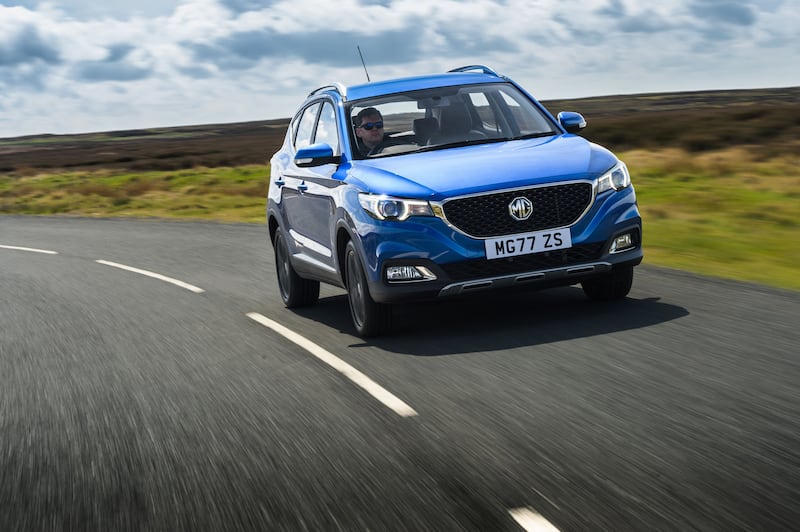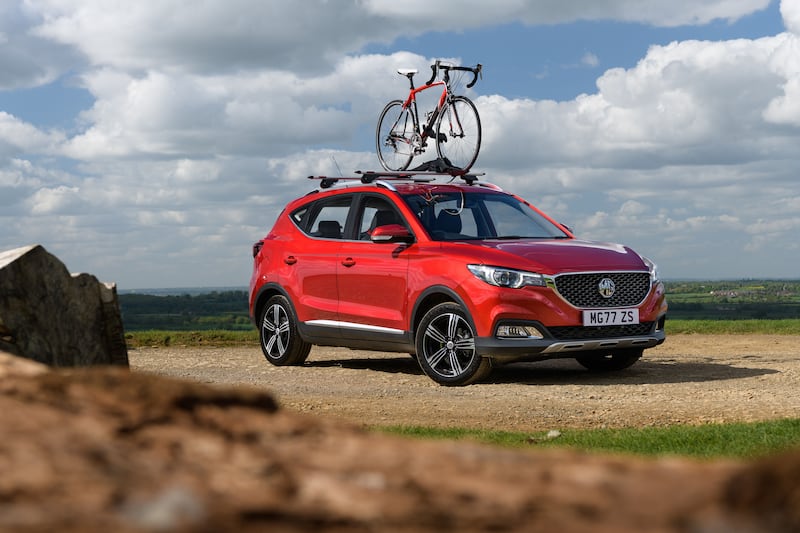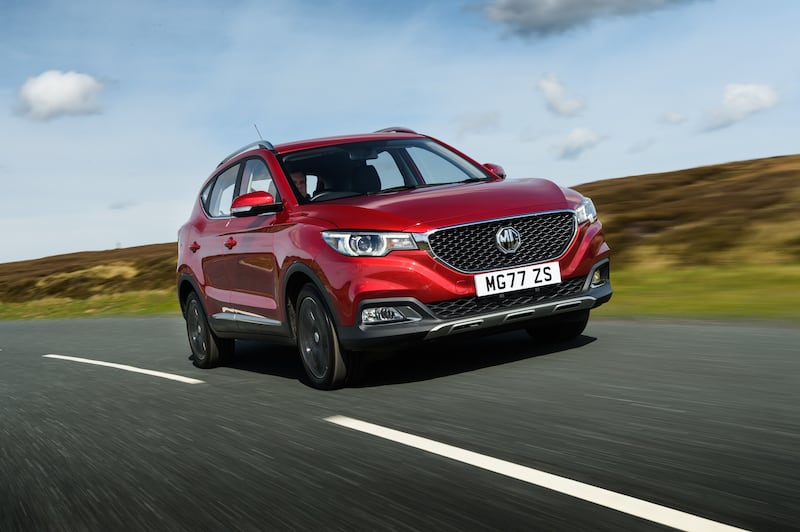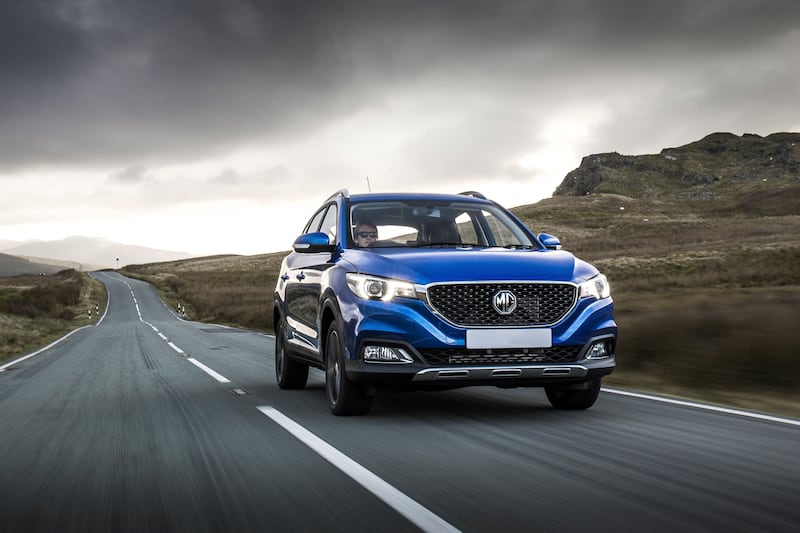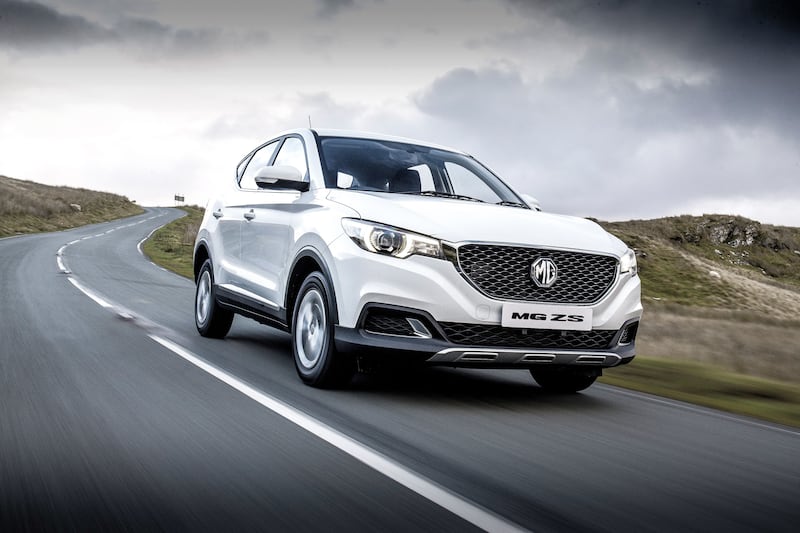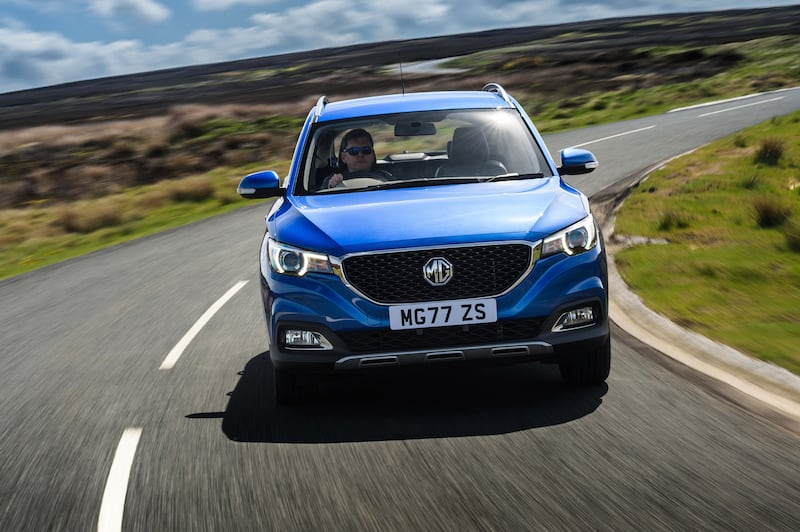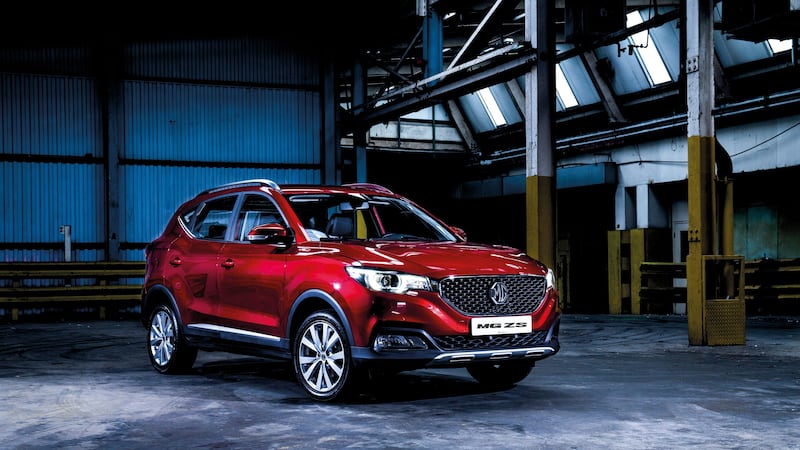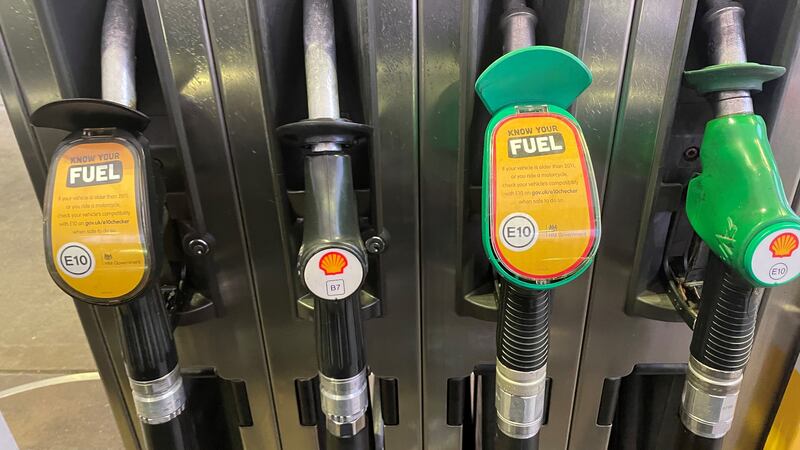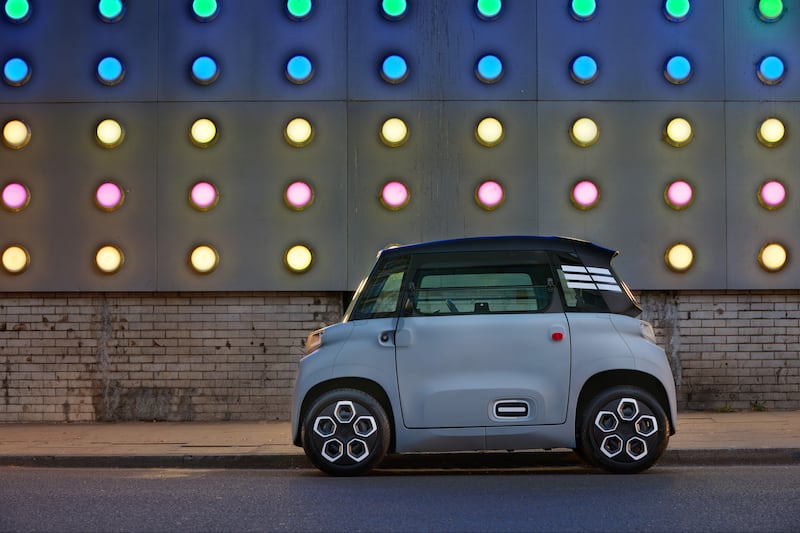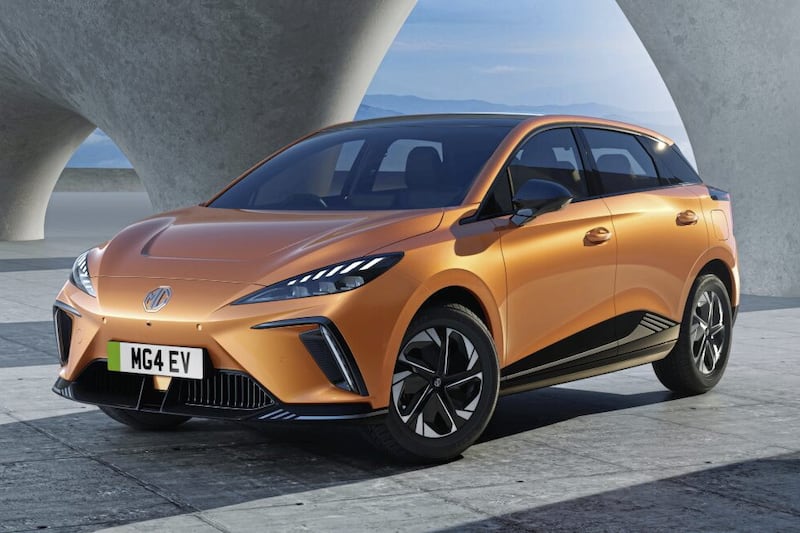SOME of my earliest motoring memories involve cars bearing the famous octagonal MG badge, writes William Scholes.
And although the models which today carry on the hallowed nameplate have nothing to do with the 'original' MGs, it was hard to avoid a little nostalgia when contemporary MG's best car, a zeitgeisty SUV called the ZS, turned up on my driveway.
After Austin launched the Metro - or Mini Metro as it was originally named - at the end of 1980, the first sporty version of the little hatchback called the 1.3 S.
This little ball of fire was powered by the 1275cc version of the 'A-series' engine which even then had already seen service under the bonnets of Austin cars - as well as an enormous variety of others, including Morris and MG cars, produced under the British Motor Corporation and British Leyland Motor Corporation umbrellas - for 30 years.
The S was always intended as a stopgap. At around the same time that BL was gearing up for Metro production, the manufacture of the long-lived MG B came to an end.
But for a pause necessitated by the Second World War, it was the first time since the company was founded in 1924 that the MG nameplate had disappeared from price lists.
But the badge returned in May 1982 when the Metro S was dropped and replaced by an MG Metro model, complete with red seatbelts, go-faster stripes and dinky pepper-pot alloys.
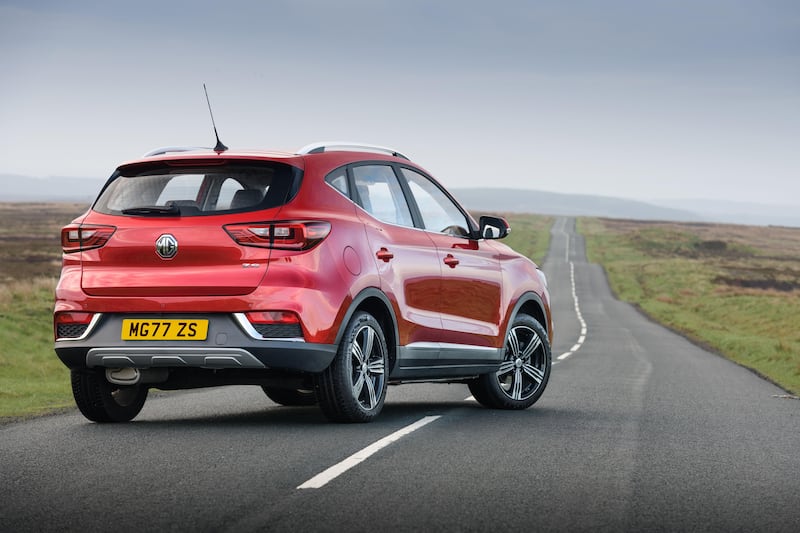
Top speed was rated at 105mph with a 0-60mph time of 10.1 seconds - nippy for the time - with the boost in performance coming courtesy of a modified cylinder head and a larger carburettor, which nudged the A-series to 72bhp.
Soon, a turbocharged MG Metro joined the range. With 93bhp at its disposal, the MG Metro Turbo could hit 115mph and zip from rest to 60mph in 8.9 seconds.
Both cars sounded promising on paper, but whatever the merits of their sparky performance and Mini-esque go-kart handling, they were afflicted with the flaky and erratic build quality that characterised BL cars of the period.
I know, because my father had one of the first MG Metro models. Its novel features included a gap between the edge of the driver's door and the B-pillar that was large enough to post a letter through - not to mention allow rainwater to enter the car's interior.
MG's fortunes ebbed and flowed in following years, with the famous marque eventually ending up where it is today, under Chinese ownership.
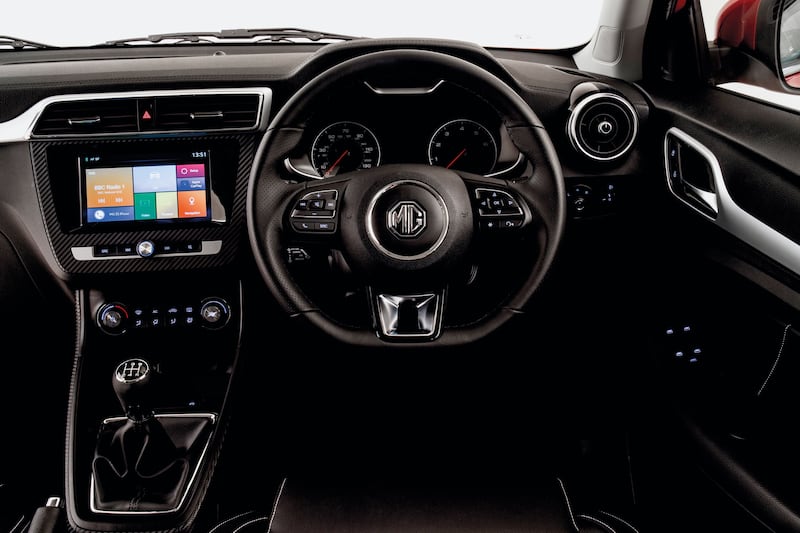
Modern MGs are designed in London and engineered in Birmingham, with manufacturing taking place in China.
This is a huge leap forward on the MGs of my childhood, which were built to laissez-faire standards in Longbridge, Birmingham.
The MG ZS I tested was not only solidly built but also rather pleasant looking.
There's nothing radical or original in the styling. Indeed, you can easily spot elements of Mazda and Kia in the bodywork - the front of the car could almost be mistaken for a Mazda CX-3, for example - but if you are going to riff on someone else's design, you may as well be inspired by the best.
The only jarring aspect to the neat if generic design is wheels that seem a little small for the car's body.
The ZS sits firmly in the 'buckets of space for not-a-lot of money' part of the SUV size-price matrix
There is nothing small about the MG's interior space, however.
The ZS sits firmly in the 'buckets of space for not-a-lot of money' part of the SUV size-price matrix - think of it as offering at least as much room for passengers and luggage as a Nissan Qashqai or Renault Kadjar for the price of a smaller Nissan Juke or Renault Captur.
If anything, the MG feels roomier than the Qashqai or Kadjar, particularly in the boot (448/1,375 litres) and the back seat, which is a genuine three-adults-abreast bench. The back doors open wide to reveal broad apertures, further boosting the ZS's family-friendly credentials.
My nine-year-old assistant road tester singled out the back seat accommodation for praise - not only for its space but because the sensibly large windows meant it was nice and bright, in contrast to the oddly-shaped and miserly rear glazing in something like a Juke, Vauxhall Mokka or Toyota C-HR.
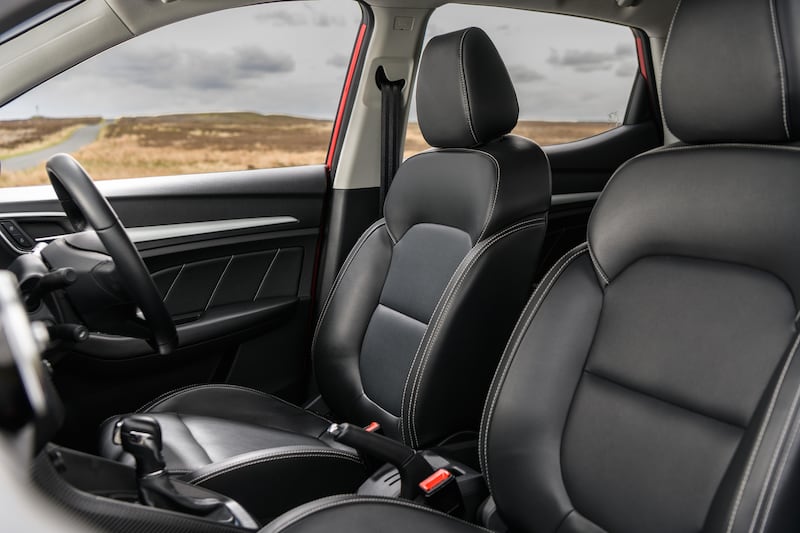
There is nothing up-front to put adults off, either, at least in terms of space or a clear view out.
A commendably bright 8-inch colour touchscreen catches the eye; it responds quickly to inputs and is very easy to operate. It is far more intuitive than offerings from, for example, Renault, and has the advantage of smartphone mirroring for you iPhone.
The interior feels robust and well put together, though there isn't an abundance of plush plastics and posher flourishes found on more expensive rivals. It is a little on the dark side, perhaps.
As with most of its SUV ilk, the ZS is only available with front-wheel-drive. There is no diesel option, so the engine choices are between an old-school 1.5-litre four-cylinder petrol and a more modern 1.0-litre three-cylinder petrol turbo.
The 1.5-litre is paired with a five-speed manual gearbox, while the smaller unit comes only with a six-speed automatic.
A bright 8-inch colour touchscreen catches the eye; it responds quickly to inputs and is very easy to operate, and has Apple smartphone mirroring
Both are adequately endowed - 104bhp and 104lb.ft for the 1.5-litre, 110bhp and 118lb.ft for the 1.0-litre - but the CO2 emissions are relatively high, at 140g/km and 145g/km respectively.
Neither is particularly brisk: the 1.0-litre turbo does 112mph and 0-62mph in 12.4 seconds, while the 1.5-litre serves up 109mph and 10.9 seconds.
Those figures don't promise much - the old MG Metro was faster - but the ZS is actually surprisingly good to drive, with a grippy chassis, good suspension and an agility that betters the class norm.
The steering isn't the last word in feel or feedback and the automatic gearbox wasn't always the smoothest companion.
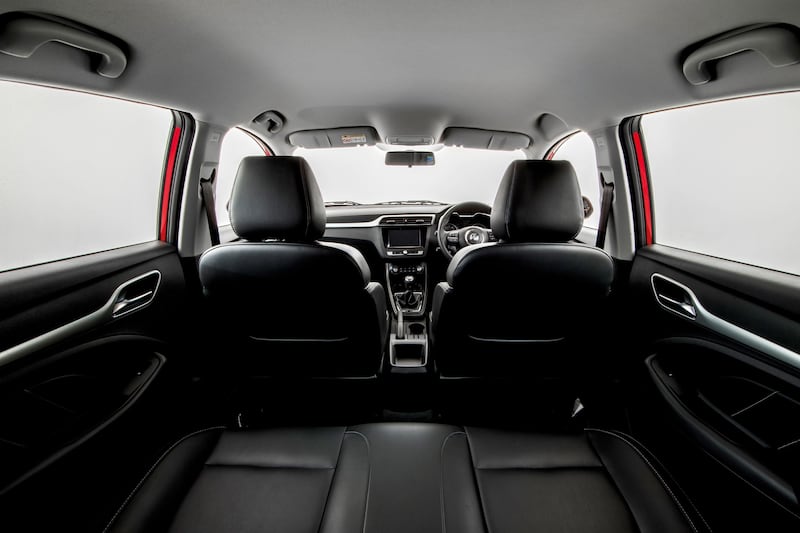
However, it is fair to say that ultimate driving dynamics aren't at the top of most family SUV buyers' priorities - the MG's seven-year, 80,000 mile warranty is likely to be of more interest.
Family buyers will also be concerned about safety, and the MG's three-star Euro Ncap rating is disappointing in a class where five-star scores prevail.
There are three trim levels - Explore, Excite and Exclusive - each of which is decently equipped.
The £12,495 Explore comes with, for example, side curtain airbags, LED running lights with automatic headlights, electric door mirrors, Bluetooth and cruise control.
Excite cars, from £14,045, gain 17-inch alloy wheels, air conditioning, rear parking sensors, DAB radio and smartphone mirroring, while the range-topping Exclusive starts at £15,795 and adds sat-nav, a rear-view camera and a faux-leather interior.
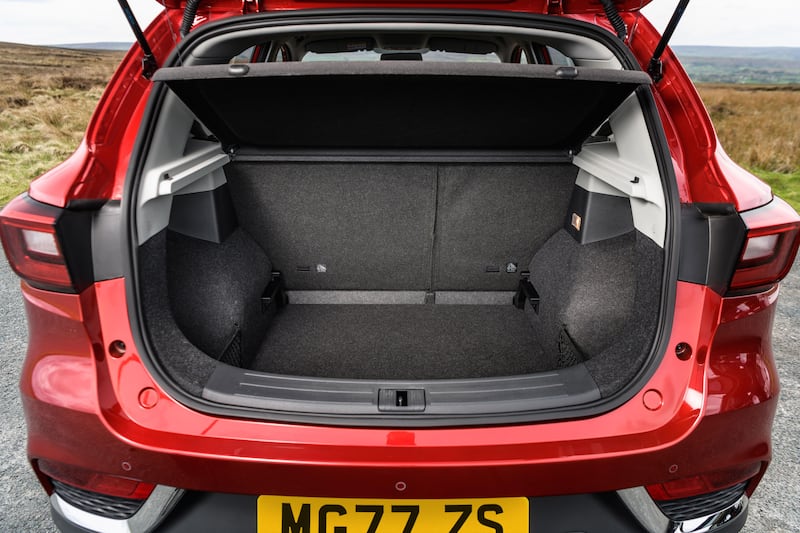
The ZS surpassed my expectations, and if value-for-money and space-per-pound factors are high on your list of priorities, the MG is worth a closer look.
AT A GLANCE
MG ZS 1.0-litre Exclusive automatic
Price: £17,795. As tested £18,490, with metallic paint £695
Engine and transmission: 1.0-litre three-cylinder turbo petrol, front-wheel-drive, six-speed automatic gearbox; 110bhp, 118lb.ft
Performance: Top speed 112mph, 0-60mph in 12.1 seconds, 50-75mph in 7.5 seconds
Fuel consumption and CO2: 45.4mpg (combined), 32.6mpg (real world), 145g/km
Car tax: £205 in first year, then £140 annually
Benefit in kind: 30 per cent
Euro Ncap safety rating: Three stars (71/51/59/29), 2017
